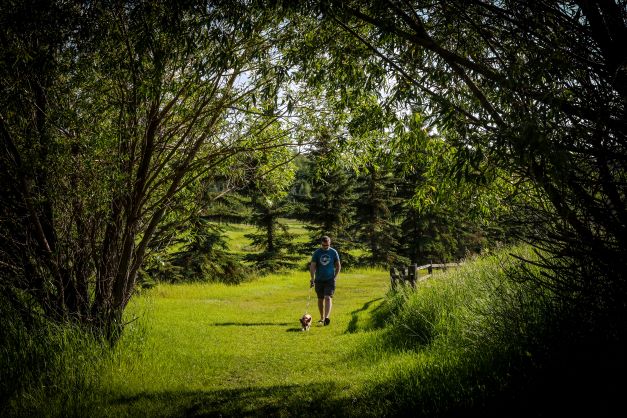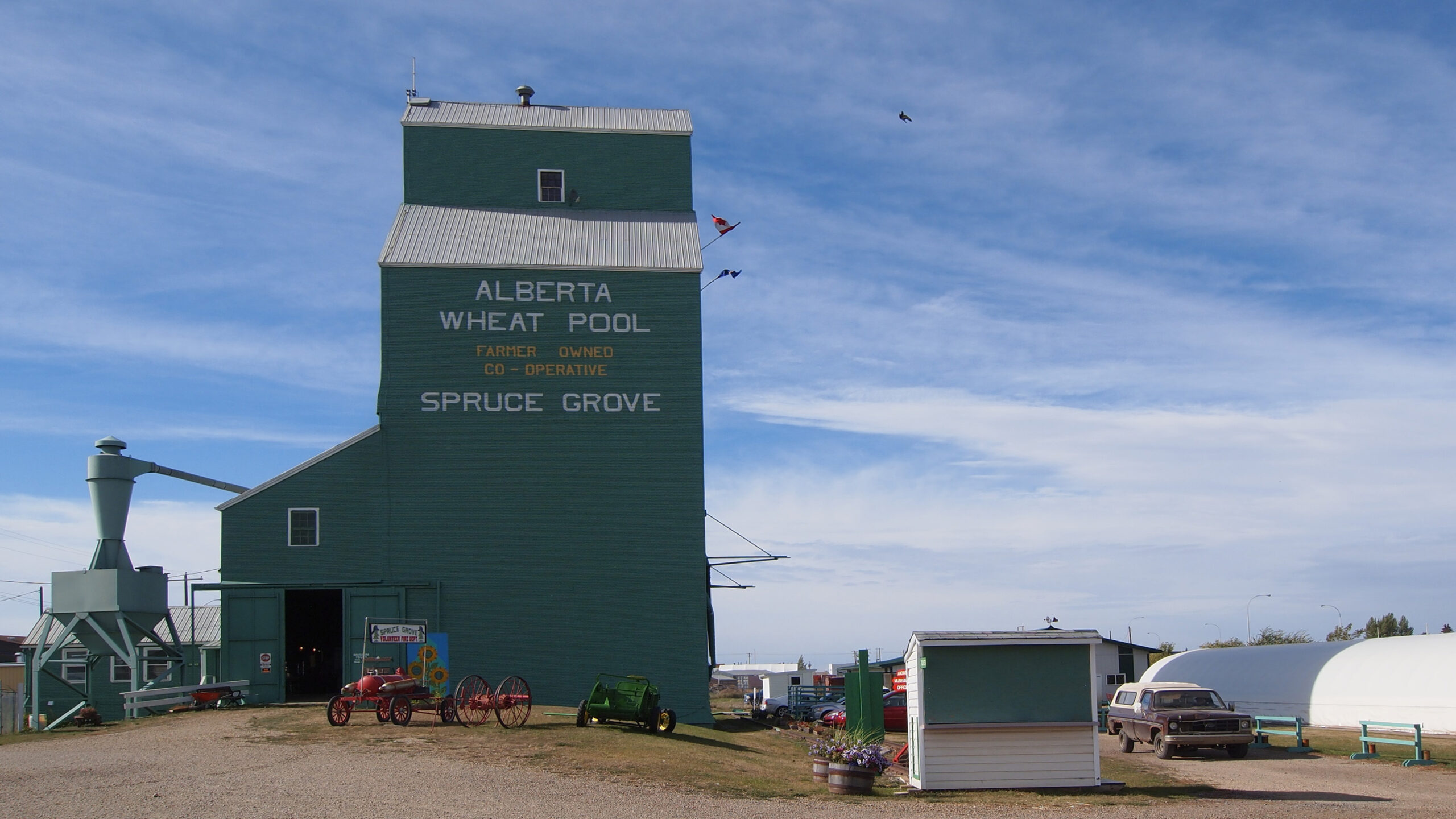This Climate Change Action Plan (CCAP) describes how Spruce Grove will prepare for the impacts of a changing local climate while also contributing to our collective goal of limiting future climate change. The direction to complete this plan was set out in the 2021 Corporate Plan for the City. The CCAP provides a roadmap for the city between now (2022) and 2033.
This plan provides a roadmap to a carbon-neutral and climate resilient Spruce Grove. This plan identifies actions that will make our communities safer; current and future generations of residents healthier and more secure; our economy more vibrant and stable; our environment more sustainable; and our society more inclusive and equitable.
Scope
The plan identifies climate mitigation and adaptation actions to be taken both by City of Spruce Grove operations as well as by residents and local businesses. It focuses on how to adapt to and reduce the direct effects of climate change to people, buildings, infrastructure and services, and the natural environment within the current boundaries of Spruce Grove (the City). It is based on a high emissions scenario and the actions are designed to build resilience to changes in the local climate anticipated in the 2060s.
Risks
20 climate impacts assessed.
4 high priority climate risks – Multi-year drought, Heat wave, Freezing rain, Hailstorm
12 medium priority climate risks
Opportunities
1 high priority climate opportunity – Longer construction season
3 medium priority climate opportunities – Increased summer recreation, Increased agricultural productivity, Reduced space heating demand
Actions
38 adaptation actions to address high and medium level risks and opportunities across the themes of City Buildings and Infrastructure; City Programs and Outreach; Homes, Businesses and Local Economy; and Water Management and Natural Infrastructure
Action types are categorized as Governance, Ventures, and Outreach
Social Equity
Core Principle: Equity: Ensures an inclusive, just and equitable transition to a climate resilient and low carbon future
Actions are prioritized based on relative Benefits (Effectiveness, Co-Benefits, Additional Benefits, Equity, Flexibility) and Costs (Upfront Costs, Ongoing Costs, Negative Side Effects, Feasibility, Acceptability); Equity consideration includes – Does the action benefit all residents and businesses? Can it specifically target disadvantaged or underserved people or areas?
Community Engagement
Core Principle: Public engagement: Meaningfully engaged the public during plan development.


You must be logged in to post a comment.